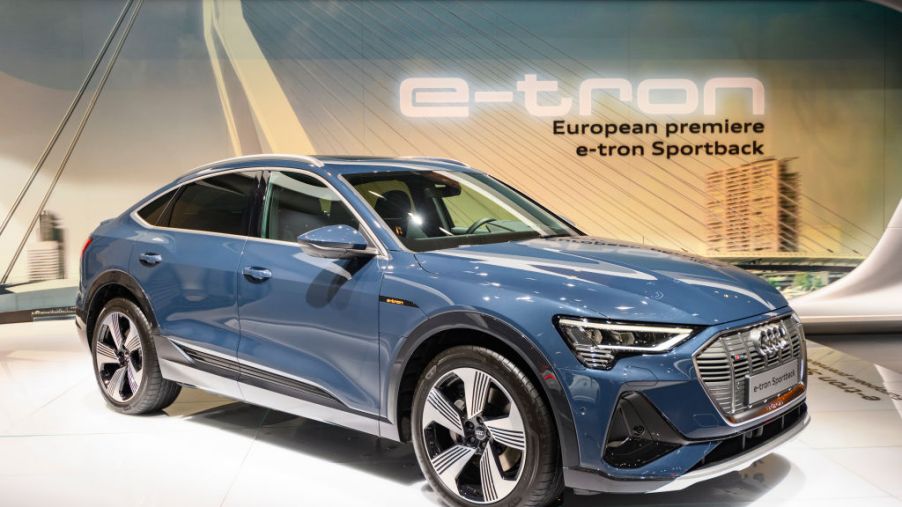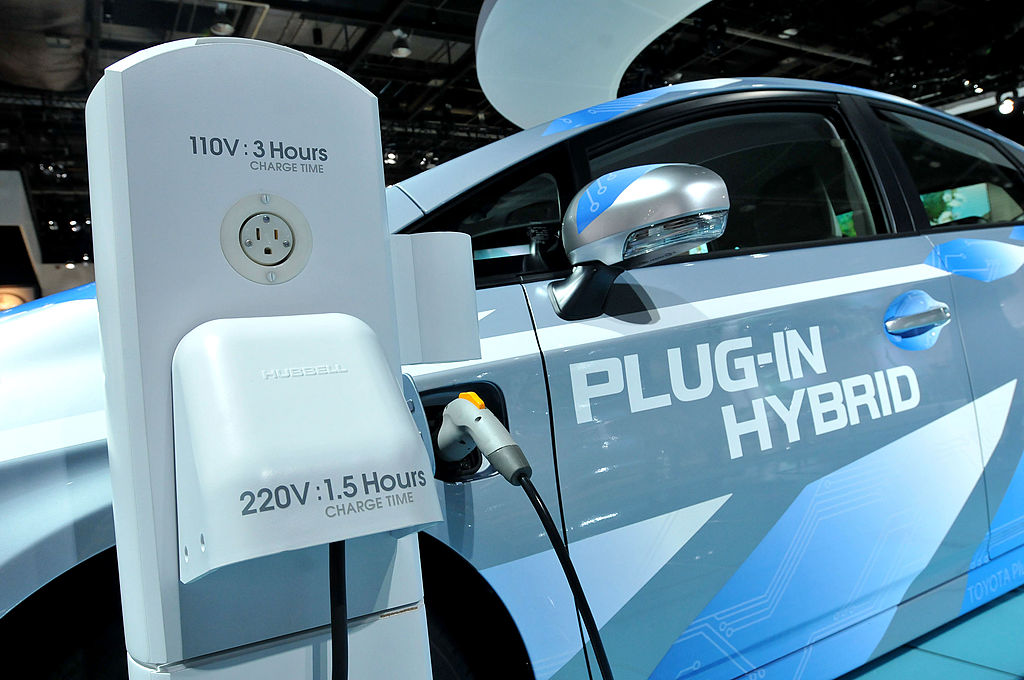
The Truth About Regenerative Braking
In 1967, the Amitron concept debuted regenerative braking to the masses. This square three-seater was the first vehicle the use the kinetic energy of its commute to power its motor. Although the Amitron didn’t ever make it to production, the technology lived on. Regenerative braking is now in nearly every forerunning electric vehicle on the market today.

Flash forward to 2020 –– regenerative braking is widely available in a vast range of alternative energy vehicles. From the inconspicuous Honda hybrid to the fully electric battery-run cars like the Tesla Model 3. But what is it?
What is regenerative braking?
Physics. To understand regenerative braking, first consider the law of energy conservation: energy can neither be created nor destroyed but can only be transformed from one form to another. This technology converts the kinetic energy generated from braking into usable energy for a vehicle’s battery.
Rather than wasting all that heat generated to slow or stop your car, a regenerative braking system uses the energy to regenerate battery life. While driving a car with regenerative braking technology your machine is receiving mechanical power from the operation of the vehicle. It then converts that energy to power the battery pack.
An electric motor uses resistance to slow the wheels. Regenerative braking reverses the flow of energy from that force and transforms it into kinetic energy that the vehicle can then use for power.
Which cars have it?
Hybrid and electric vehicles across the board use regenerative braking to improve their overall efficiency. Odds are that if you’ve ever driven a car with hybrid technology or an electric motor, you’ve driven one with a regenerative braking system
This effective system sustainably powers vehicles like the Audi e-tron, Chevy Bolt, Ford Fusion Hybrid, Hyundai Kona Electric, Nissan Leaf, Toyota Prius, and 2020 Urban Car of the Year winner the Kia Soul EV. This proven technology is now seeing a surge of popularity as the electric mobility movement gains speed.
The Mazda 3, winner of the World Car Design of the Year Award, is neither hybrid nor electric. Still, some models engage a small generator to collect energy created when slowing the car. The energy harnessed helps power the car’s auxiliary functions. Air conditioning, lights, and the infotainment system, for instance. This lends one mile per gallon of fuel efficiency to the Mazda 3.
The truth about regenerative braking
Regenerative braking is a sustainable technology for energy conversion. It maximizes the efficiency of any vehicle. Most commonly found in electric or hybrid vehicles, it is also found in cars like the Mazda 3.
Though the technology was inspired by basic physics over 50 years ago, it has improved over the years. It is now a leading energy conversion system for many electric vehicles on the road today.
Even Formula 1 race cars have used regenerative braking –– Lewis Hamilton won the first Hungarian Grand Prix in 2009 in a car equipped with a version of this system. The predecessors of modern regenerative braking technology have made history. From the Amitron to Formul 1 racing to the Mazda 3, regenerative braking saturated the auto industry.



